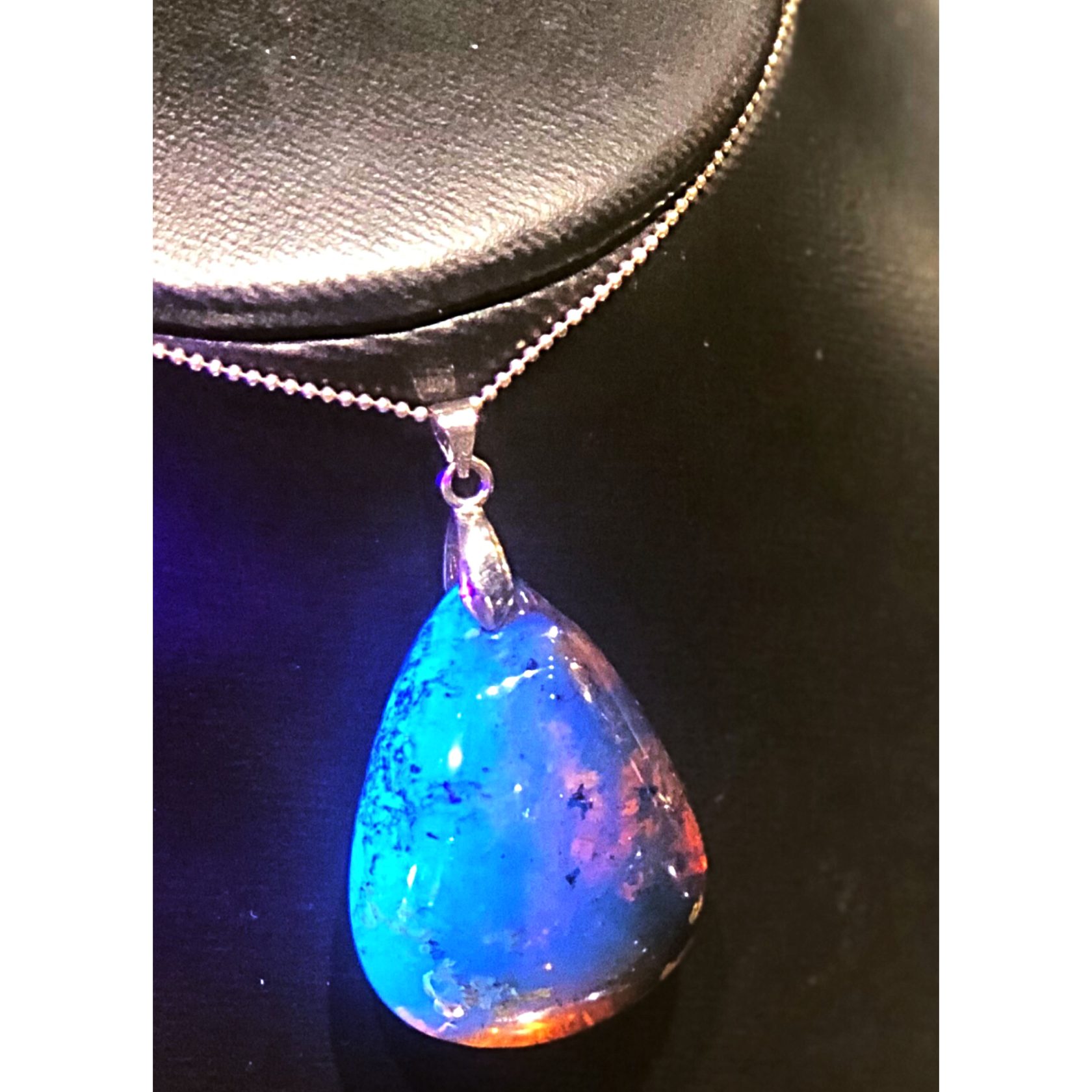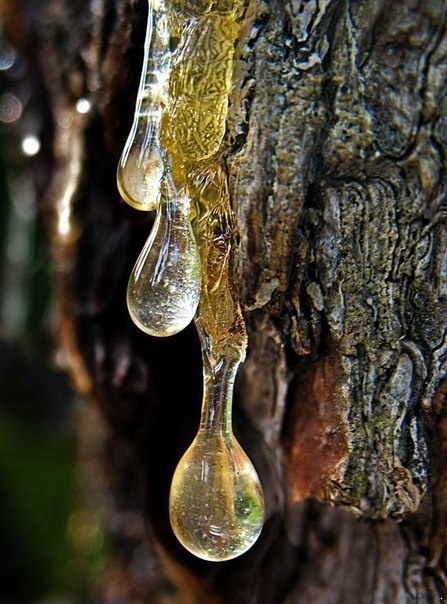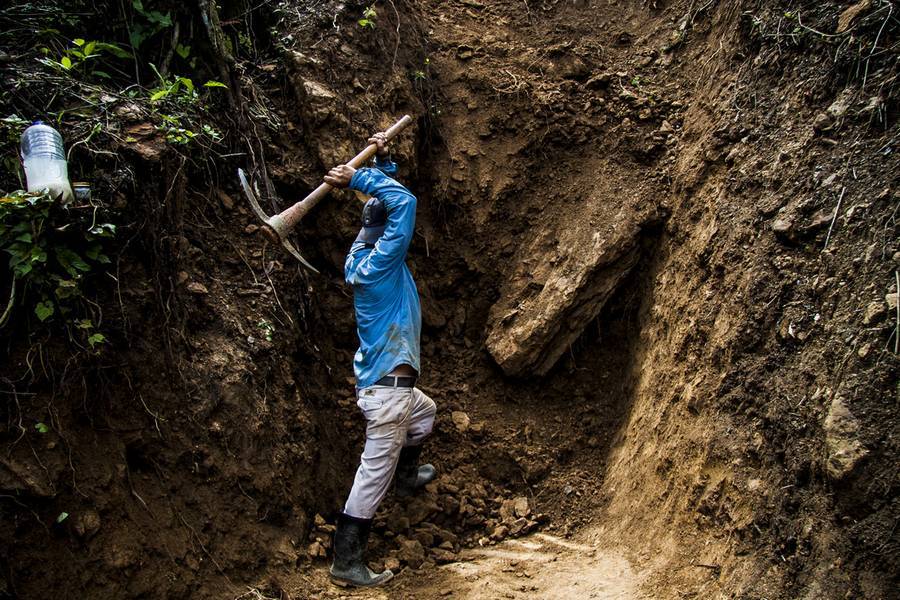Hidden Treasures of Dominican Republic
Things to buy, see and do in Punta Cana

The magic of Dominican amber
Is it really unique?
Dominican amber was known since first explorers of Americas, when native population presented it to Spanish conquistadors who came to the island. But the stone didn't spark any interest with spaniards or the "Old World". Soon after it was forgotten for several hundred years and was re-discovered in the late 20-th century, when archeologists confirmed that no other place on earth has equivalent mineral stored. That's the main reason why Dominican amber (especially blue one) can't be called just a regular jewelry.
General information:

Amber - is the only one among precious and semi-precious stones (apart from diamond, that comes from graphite) that is plant based.
It is produced from a marrow discharged by trees belonging to the pine genus, like gum from the cherry, and resin from the ordinary pine. It is a liquid at first, which issues forth in considerable quantities, and is gradually hardened.
It is produced from a marrow discharged by trees belonging to the pine genus, like gum from the cherry, and resin from the ordinary pine. It is a liquid at first, which issues forth in considerable quantities, and is gradually hardened.

Marrow, running down the trunk of the tree, was trapping along its way insects and small animals. Dominican amber has the biggest percentage (around 50-60% of all production) of so-called "inclusive formations" - solidified insects or plants preserved in the mineral, which help scientists study history of life on the planet and restoring the actual picture of the world millions years before. If the inclusion is whole and big, price of amber can very high.

Dominican amber with fossils is unique - it's the only one that conserves the body of an insect (or even animal) completely. For example, baltic amber doesn't conserve inclusions well, due to it's chemical composition.

The main mining location of amber in Dominican Republic is north-west of the island, near the city of Puerto Plata also called an amber shore. It can only be hand-mined by separating amber from sand, stones and clay. One can find a range of color in stones - from yellow to dark blue. So called "Blue Amber" is the strongest and rarest stone and as the result - most expensive.

People living in Dominican Republic are very religious and superstitious people, who, for centuries have been using blue amber to guard themselves from "bad eye" and other supernatural events.
Chinese medicine also uses amber extensively, as a remedy for epilepsy, amnesia and urinary system diseases. Since ancient times, Chinese have called this organic gem "hu po" which means the courage or spirit of the tiger. They believed that amber transforms from the tears of a tiger as it breathes its last breath.
Of course the biggest mystery is the "glow" of the stone under the sunlight. Some liquid hydrocarbon mixtures have similar glow under the sunlight. The reason behind it is "perilene", molecules of which consume photons of electromagnetic oscillations, re-transmitting the energy in diapason of a lower frequencies. In short, perilene consumes UV and allows us to see it in the "blue glow".
Chinese medicine also uses amber extensively, as a remedy for epilepsy, amnesia and urinary system diseases. Since ancient times, Chinese have called this organic gem "hu po" which means the courage or spirit of the tiger. They believed that amber transforms from the tears of a tiger as it breathes its last breath.
Of course the biggest mystery is the "glow" of the stone under the sunlight. Some liquid hydrocarbon mixtures have similar glow under the sunlight. The reason behind it is "perilene", molecules of which consume photons of electromagnetic oscillations, re-transmitting the energy in diapason of a lower frequencies. In short, perilene consumes UV and allows us to see it in the "blue glow".

Archeological excavations and found there statuettes made during different periods, show that ancient citizens of the island used amber in their lives. Previously one could locate amber along the roads and in the water springs, however nowadays amber can only be mined. Once extracted the stones are inspected and graded according to their quality, then stones are cut, polished and sent to jewelers to become a beautiful work of art. There are a few famous jewelers that create very interesting works.
Among them the brightest stars are Harisson's company and Laura Tosato. The first one is popular in north America, creating pieces high class, classic design combining gold, precious and semi-precious stones. while pieces of the latter are known for its light and elegant style, delicate and modern design that can easily be worn during formal dinner or casual outing.
Dominican amber - is a gift for a real precious stones conoisseur and is a must have for anyones jewelry collection.
Among them the brightest stars are Harisson's company and Laura Tosato. The first one is popular in north America, creating pieces high class, classic design combining gold, precious and semi-precious stones. while pieces of the latter are known for its light and elegant style, delicate and modern design that can easily be worn during formal dinner or casual outing.
Dominican amber - is a gift for a real precious stones conoisseur and is a must have for anyones jewelry collection.
Written by Marina Goncharova
All rights for images and videos belong to their authors.
All rights for images and videos belong to their authors.



